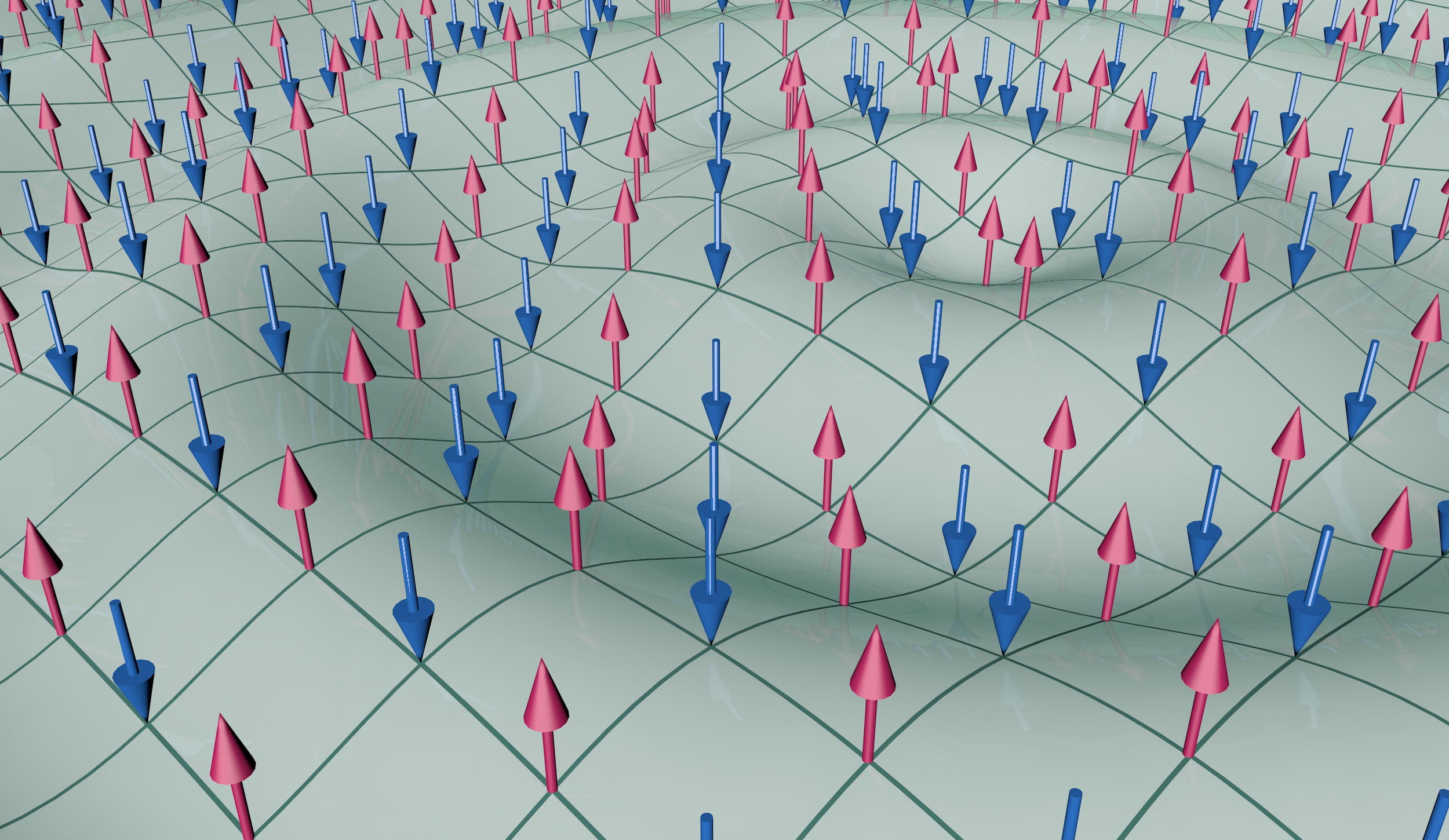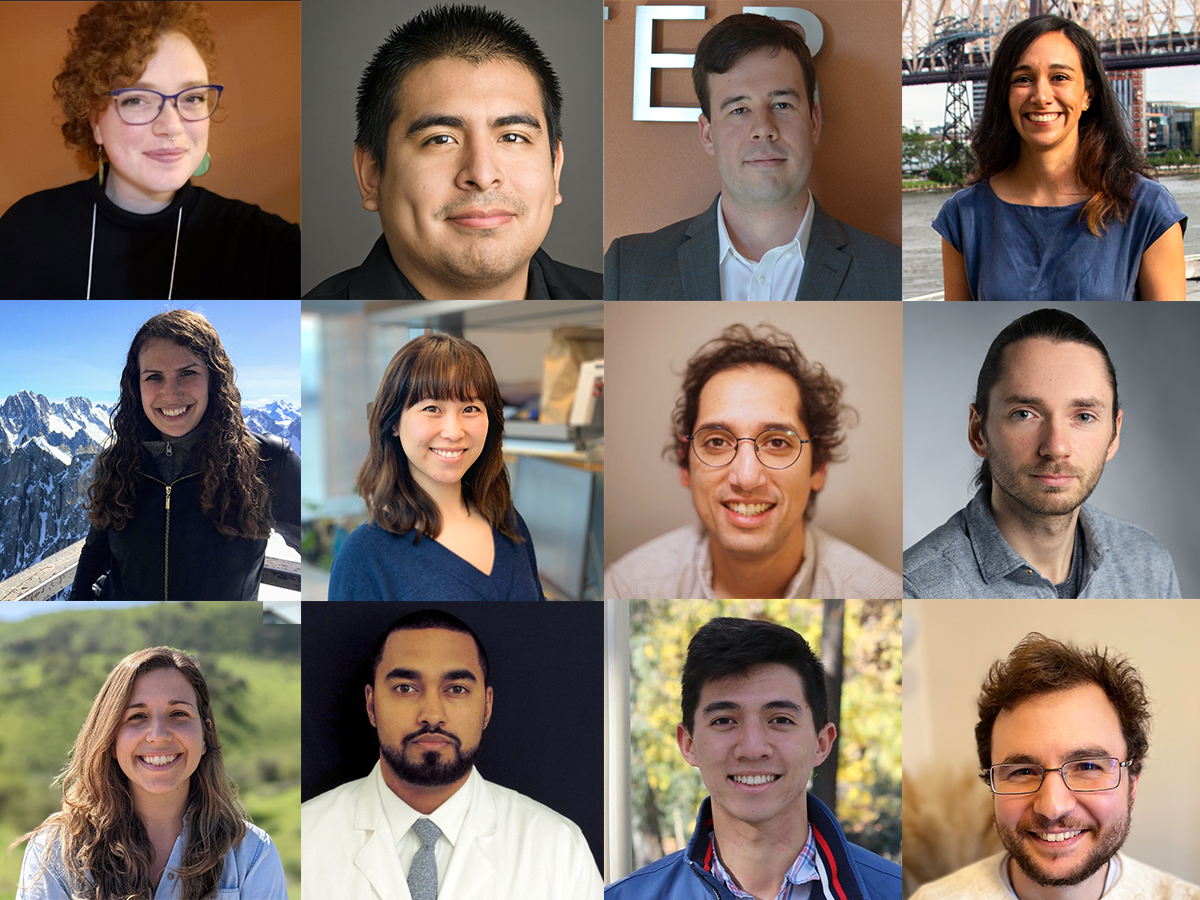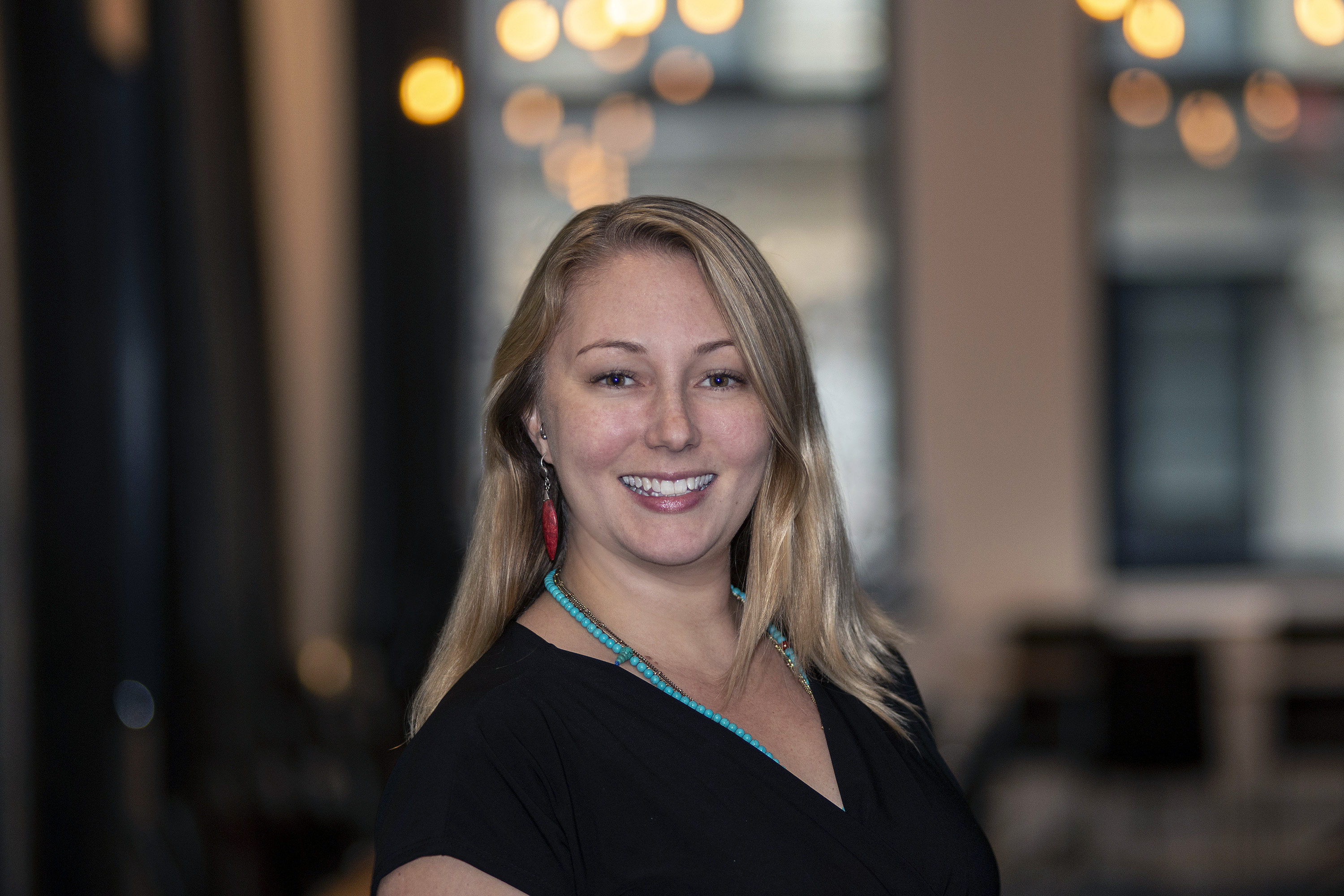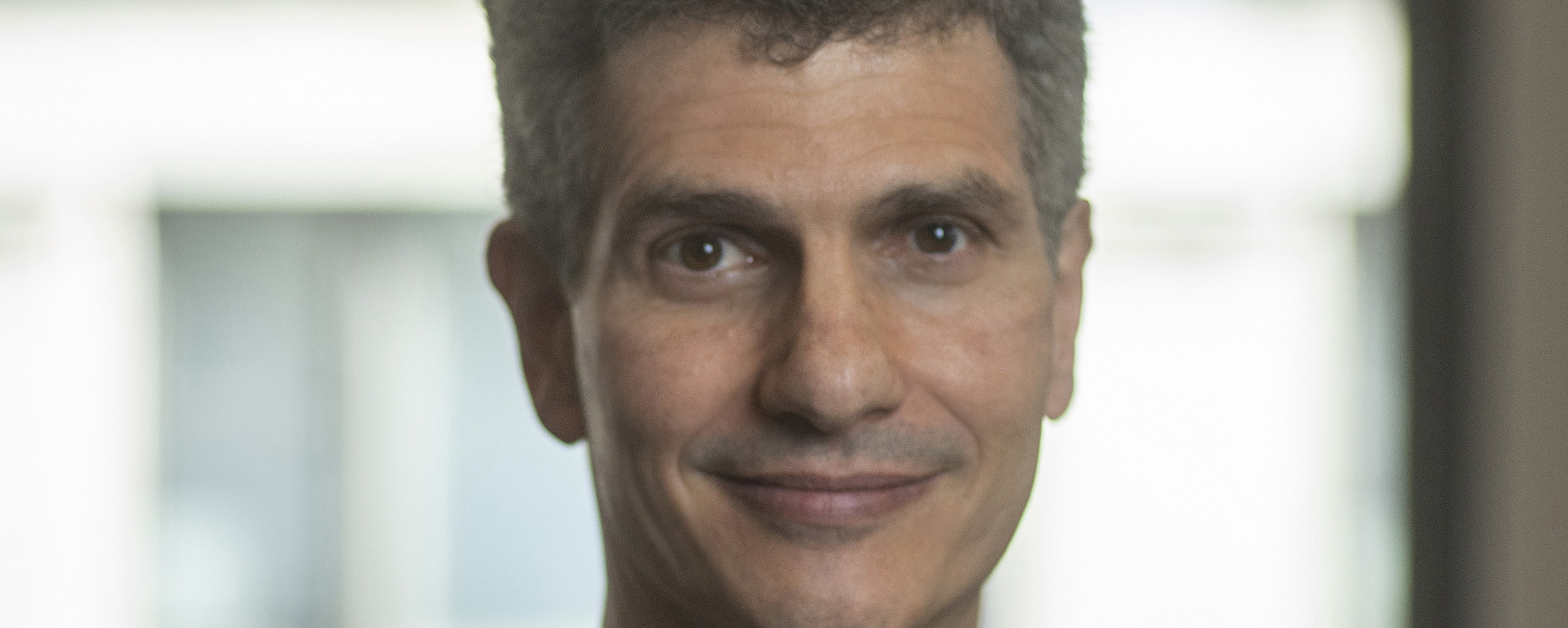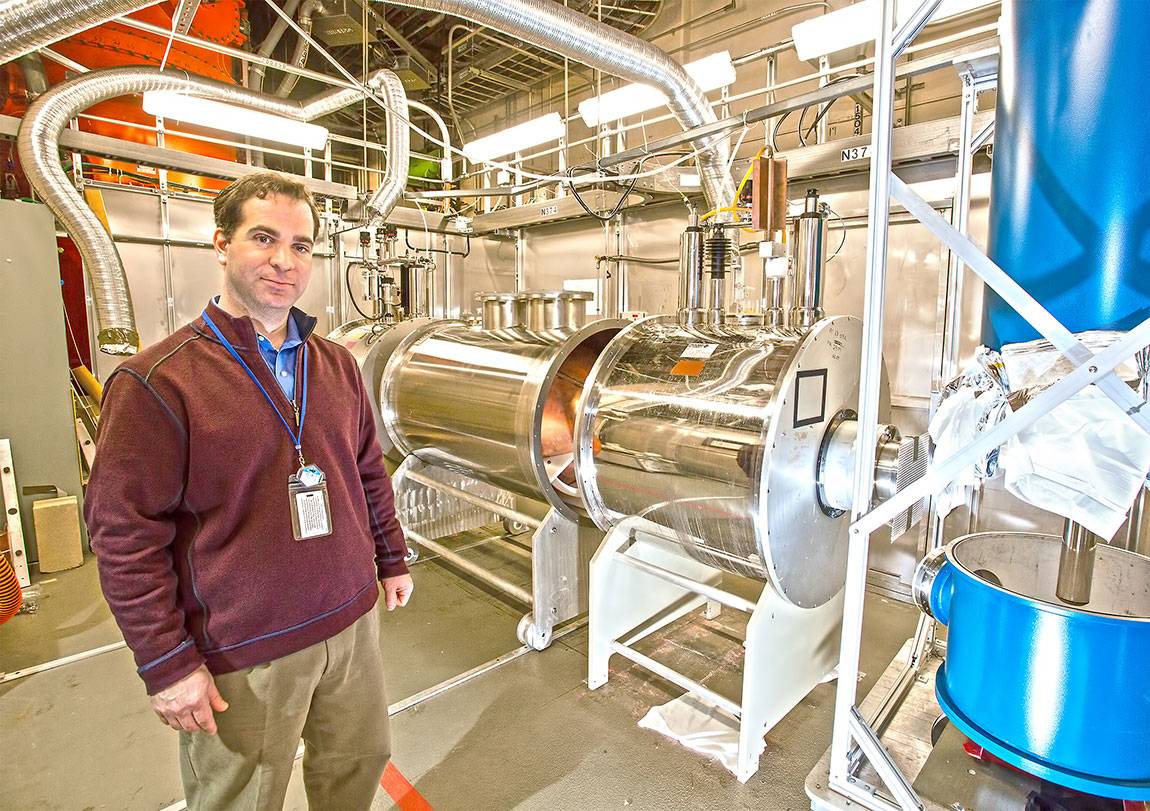
Shrinking Planets Could Explain Mystery of Universe’s Missing Worlds
Simons Foundation, May 2021There’s been a breakthrough in the case of the missing planets. While planet-hunting missions have discovered thousands of worlds orbiting distant stars, there’s a severe scarcity of exoplanets that measure between 1.5 and two times Earth’s radius. That’s the middle ground between rocky super-Earths and larger, gas-shrouded planets called mini-Neptunes. Since discovering this ‘radius gap’ in 2017, scientists have been sleuthing out why there are so few midsize heavenly bodies.

